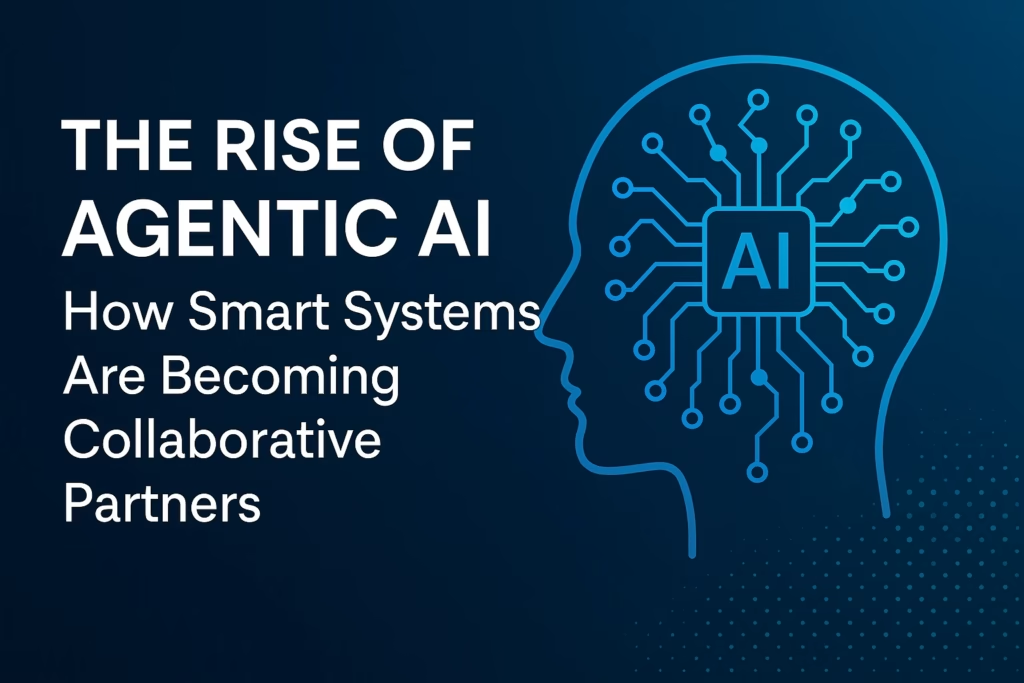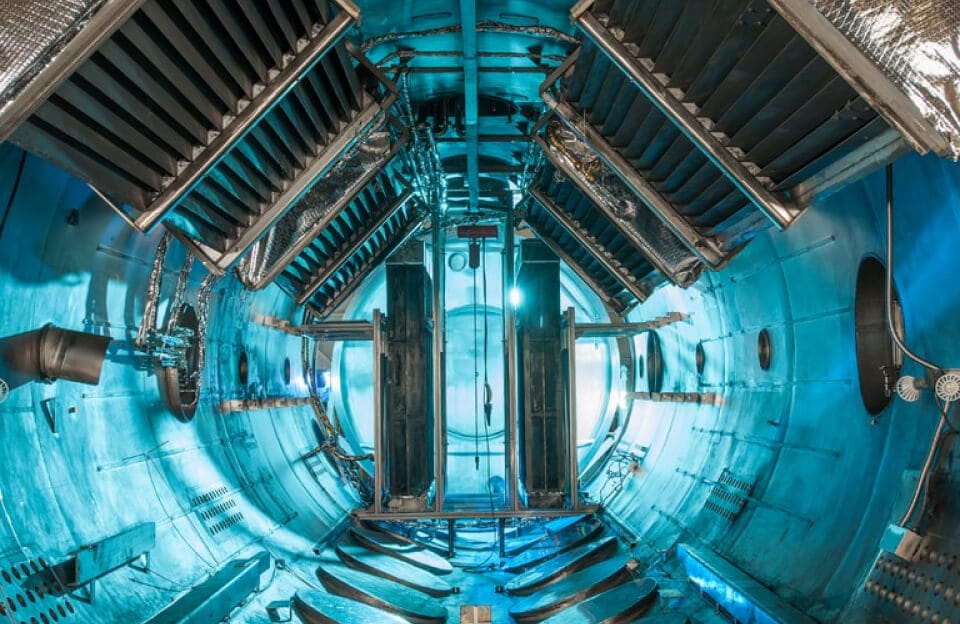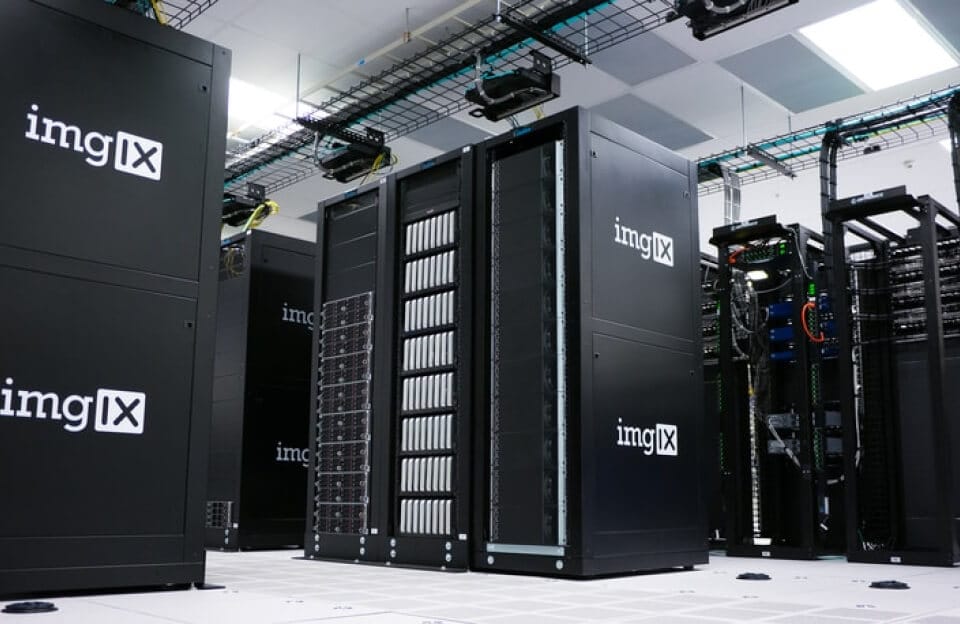If you’ve been following the evolution of artificial intelligence, you’ve likely noticed a major transition happening in 2025 — from reactive AI models to proactive, decision-making systems. This new wave, often described as Agentic AI, represents the next frontier of human-machine collaboration.
At TechKnowledge.in, we’ve seen this transformation firsthand in industrial automation, manufacturing analytics, and smart operations. Where once machines merely responded to human commands, now they plan, reason, act, and even learn from human feedback. That’s the essence of Agentic AI Explained: The Future of Human-Machine Collaboration in 2025 — a movement where AI isn’t just a tool but a true partner.
What Is Agentic AI?
Agentic AI Explained: The Future of Human-Machine Collaboration in 2025 refers to intelligent systems that possess agency — the ability to understand context, make autonomous decisions, and execute actions independently while aligning with human goals.
In simpler terms, it’s AI that not only thinks but also acts.
These systems can:
- Understand human intent, not just commands.
- Plan multi-step actions to achieve outcomes.
- Interact with APIs, databases, and real-world systems autonomously.
- Learn from feedback loops to improve performance.
📘 Example:
In one of our projects at TechKnowledge.in, a predictive maintenance AI didn’t just detect abnormal vibration patterns — it autonomously raised a maintenance ticket, informed the operator, and updated Grafana dashboards. This is the real-world power of Agentic AI in human-machine collaboration.
The Core Pillars of Agentic AI
To truly grasp Agentic AI Explained: The Future of Human-Machine Collaboration in 2025, we can break it down into five key components:
- Perception: Understanding data inputs (text, image, vibration, temperature, etc.)
- Reasoning: Using AI models to plan next steps
- Decision-Making: Choosing the best course of action
- Action: Executing the decision through APIs, systems, or robotic commands
- Learning: Improving with every interaction
This makes agentic AI fundamentally different from simple automation. It closes the loop between data → decision → action without needing human supervision every time.

Why Agentic AI Is Trending in 2025
According to McKinsey’s Technology Trends Outlook 2025, agentic AI is one of the top 3 transformative technologies this year. The reason? Businesses are shifting from “assistive” AI to autonomous systems capable of performing full workflows.
Here’s why Agentic AI Explained: The Future of Human-Machine Collaboration in 2025 is gaining traction:
- End-to-End Autonomy: From planning to execution, AI can now handle entire workflows.
- Productivity Boost: Human workers collaborate with AI that takes care of repetitive logic.
- Cost Efficiency: Agentic AI reduces manual intervention in IT operations, supply chain, and maintenance.
- Real-Time Decisioning: Enables instant responses in manufacturing, finance, and logistics.
- Data Democratization: Integrates across systems like ERP, CRM, MES, and IoT without coding barriers.
Indian Industry Perspective: Where Agentic AI Fits
At TechKnowledge.in, we’ve observed Indian manufacturers and service providers adopting agentic AI faster than expected.
For instance:
- In automotive plants, AI agents monitor sensor data, predict equipment faults, and trigger maintenance workflows automatically.
- In IT operations, agents self-heal servers, restart crashed services, and optimize CPU usage dynamically.
- In customer support, conversational agents now resolve tickets end-to-end, not just respond to FAQs.
According to Economic Times Tech, India is witnessing a surge in demand for “AgentOps engineers” — professionals who build, train, and monitor AI agents.
Difference Between Generative AI and Agentic AI
| Feature | Generative AI | Agentic AI |
|---|---|---|
| Purpose | Creates content (text, code, image) | Executes actions and decisions |
| Example | ChatGPT writes text | An AI agent runs tasks end-to-end |
| Autonomy | Reactive | Proactive |
| Use Case | Marketing, content creation | Automation, IT, maintenance |
| Collaboration | User-driven | Human-AI teamwork |
So, while ChatGPT answers your questions, Agentic AI can act on your behalf — sending emails, generating reports, or controlling IoT devices. That’s why Agentic AI Explained: The Future of Human-Machine Collaboration in 2025 is the next big evolution.
My Experience: Deploying Agentic AI in the Field
In one of our recent deployments, we implemented an agentic system for a client using Banner VT2 vibration sensors (covered earlier on TechKnowledge.in).
Here’s what we learned:
- Start with clear task boundaries – Agents fail when tasks are vague.
- Use strong data pipelines – Systems like InfluxDB and Grafana make agentic logic easier to monitor.
- Keep human-in-loop – Early-stage agents still need supervision for accuracy and safety.
- Document decisions – Transparency builds trust in AI recommendations.
- Iterate constantly – Like humans, agents learn best through feedback.
Challenges in Adopting Agentic AI
Every new technology comes with hurdles. Gartner predicts that 40% of agentic AI projects may be cancelled by 2027 due to integration and governance issues (source).
Common challenges:
- Data silos prevent unified decision-making.
- Legacy systems lack modern APIs for agent actions.
- Ethical concerns around autonomous actions.
- Lack of explainability when AI takes critical decisions.
- Skill gap — few engineers trained in AgentOps or Agent Orchestration.
How to Implement Agentic AI in Your Organization
To apply the principles of Agentic AI Explained: The Future of Human-Machine Collaboration in 2025, follow this roadmap:
- Identify a candidate workflow (maintenance alerts, production tracking, ticket automation).
- Connect your data systems — via MQTT, APIs, or cloud connectors.
- Deploy a decision layer — using Python, LangChain, or OpenAI’s function calling.
- Integrate feedback loops — allow human review before full automation.
- Measure success — use KPIs like cycle time reduction, downtime prevention, or SLA improvements.
Global & Indian Examples
- IBM is developing agentic AI agents that autonomously manage cloud infrastructure. (IBM Think Report)
- ServiceNow has launched AI Copilots that complete end-to-end IT workflows. (Deloitte Tech Trends 2025)
- Indian startups like Arya.ai and Haptik are embedding agentic frameworks for insurance claim automation and customer service bots.
FAQs About Agentic AI Explained: The Future of Human-Machine Collaboration in 2025
Q1. What makes Agentic AI different from traditional AI?
Agentic AI can make autonomous decisions and take actions, while traditional AI only reacts or predicts based on data.
Q2. Where can I see real examples of Agentic AI in use?
In manufacturing (predictive maintenance), IT (self-healing servers), and logistics (dynamic route planning).
Q3. Does Agentic AI replace humans?
No — it enhances human capabilities, handling repetitive or complex workflows so humans can focus on strategy.
Q4. How can Indian SMEs get started?
Use modular frameworks like LangChain or CrewAI with open APIs. Start small with a single use case, then scale gradually.
Q5. What skills are needed to work with Agentic AI?
Python, API integration, data analytics, prompt engineering, and AI orchestration knowledge.
Conclusion: The Collaborative Future Is Here
The phrase Agentic AI Explained: The Future of Human-Machine Collaboration in 2025 isn’t just a headline — it’s a reality unfolding before our eyes. AI is no longer just analyzing or responding; it’s acting, learning, and collaborating with humans.
At TechKnowledge.in, we believe this technology will redefine industries — from smart factories to IT operations — by creating seamless, intelligent workflows where humans and AI co-pilot success together.
So, as you build your next automation system or analytics dashboard, remember:
💬 The question is no longer “What can AI do for us?” but “How can we work with AI as a partner?”


